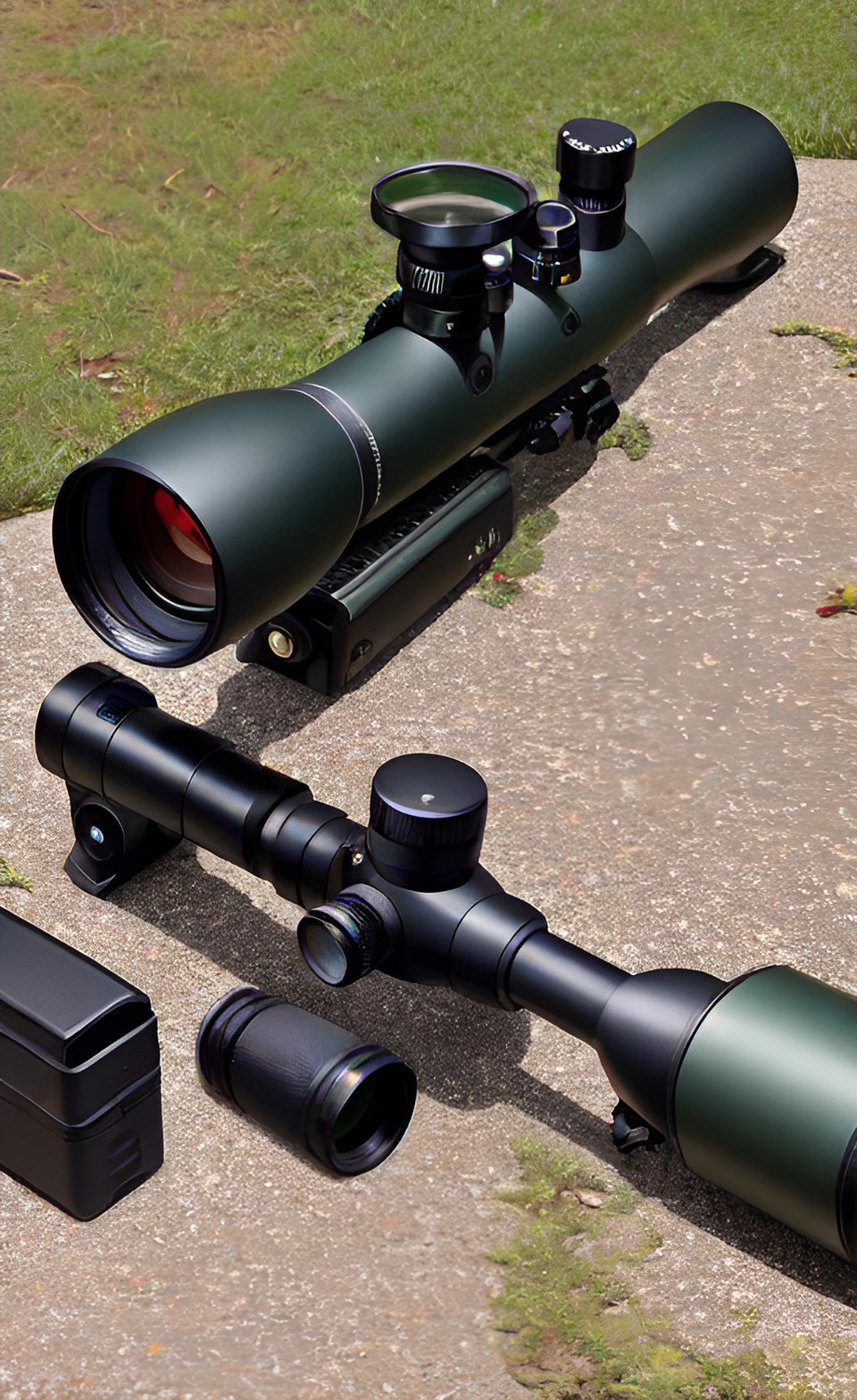Exploring the Boundaries: The Scope of a Project
In the world of project management, one of the most critical aspects to consider is defining the scope of a project. A project’s scope determines its limits and is instrumental in guiding the team’s actions throughout its duration. Understanding and defining the boundaries of a project is essential for its success, ensuring that goals are achieved within the allocated time, budget, and resources.
The scope of a project encompasses the goals, deliverables, tasks, features, and functionalities that contribute to the final outcome. It determines what is included and excluded from the project, setting clear boundaries for what will be achieved and what will be left aside. The scope is established through a detailed and thorough analysis of requirements, stakeholder expectations, and project objectives.
Exploring the boundaries of a project begins with a comprehensive understanding of its purpose. This involves identifying the project’s goals, both long-term and short-term. By defining specific, measurable, attainable, relevant, and time-bound (SMART) goals, project managers can establish clear boundaries for what the project aims to achieve. Goal identification also involves considering the project’s key milestones and deliverables, which serve as markers for progress throughout the project lifecycle.
Once the goals are set, the scope of the project can be defined through a process of requirement analysis. This phase involves a careful examination of stakeholder expectations, industry standards, legal and regulatory considerations, and available resources. By engaging stakeholders and conducting thorough research, project managers can determine which features, functions, or tasks are essential and feasible within the given constraints.
Project boundaries also need to consider the time and budget available. The scope should be practical and attainable within the project’s allocated resources. Setting unrealistic boundaries can lead to an unmanageable project, where team members are overwhelmed and incapable of meeting their objectives. Proper planning and estimating are crucial to ensure that the project’s scope is realistic and achievable without putting undue pressure on the team.
However, it is also essential to be wary of project scope creep. Scope creep occurs when uncontrolled or unauthorized changes to the project’s boundaries are introduced during its execution. This can lead to delays, increased costs, and a loss of focus. To prevent scope creep, project managers must establish effective change control processes and ensure that all changes are assessed, documented, and approved by relevant stakeholders.
To explore the boundaries effectively, there are various tools and techniques available to project managers. Work breakdown structures (WBS), for example, help break down the project’s scope into smaller, manageable tasks, making it easier to allocate resources and track progress. Additionally, establishing a clear project charter, scope statement, and a comprehensive communication plan can aid in defining and communicating the project’s boundaries to all stakeholders involved.
Exploring the boundaries of a project is an ongoing process that requires regular monitoring and control. As the project progresses, it is crucial to evaluate whether the defined scope is being adhered to or if adjustments are necessary. Regular review meetings, progress reports, and ongoing communication with stakeholders can help identify any potential shifts in the project’s boundaries and allow for timely action.
In conclusion, exploring the boundaries or scope of a project is an essential step towards its success. Defining the limits and expectations from the outset enables project teams to stay focused and work efficiently towards achieving their goals. By understanding that the scope defines what will be included and excluded from the project, project managers can establish realistic boundaries that harness their available resources effectively. Additionally, continuously monitoring and controlling the scope throughout the project’s lifecycle allows for the flexibility needed to adapt to changing circumstances while ensuring that project objectives are met.





